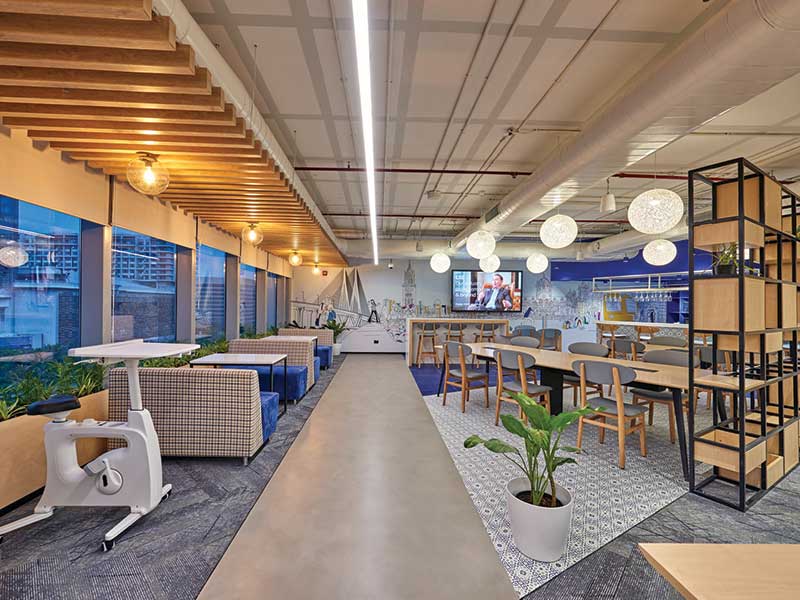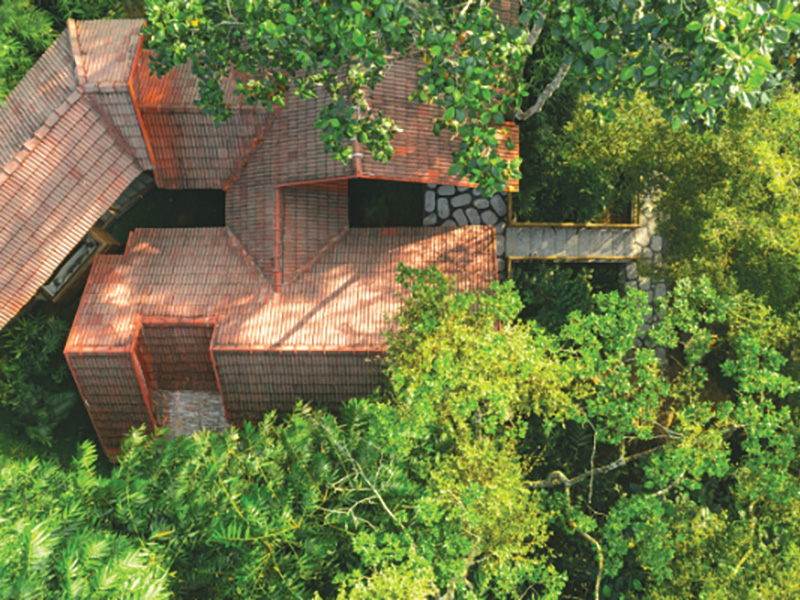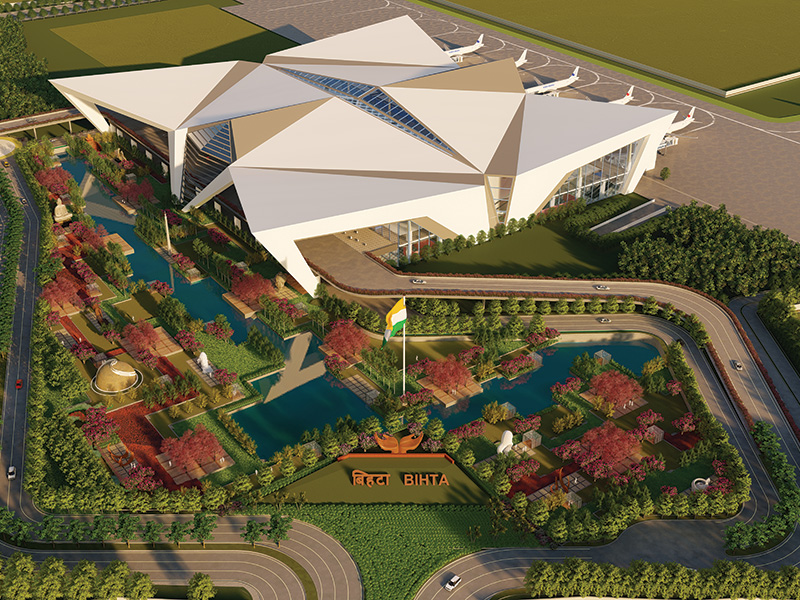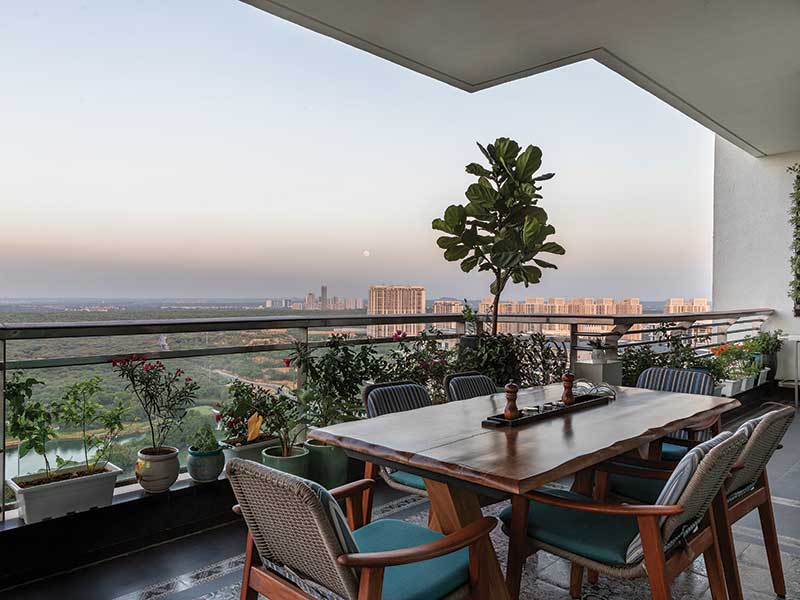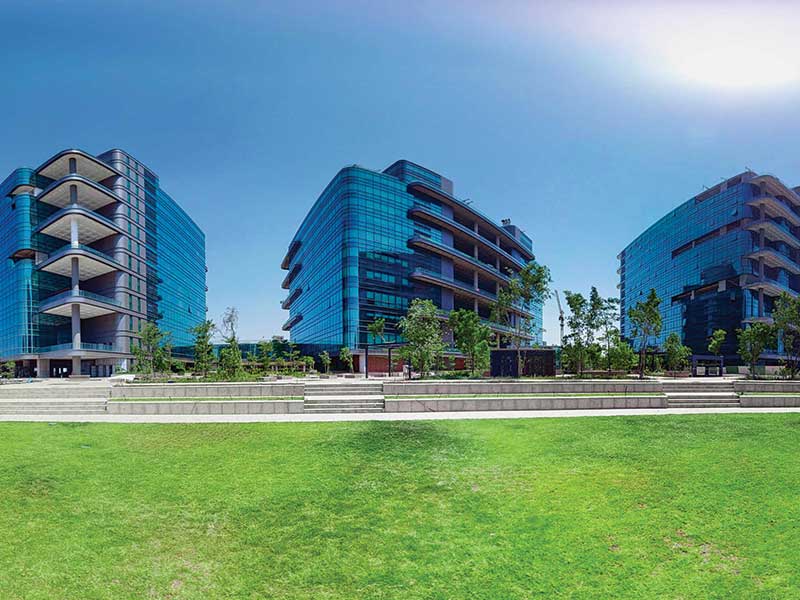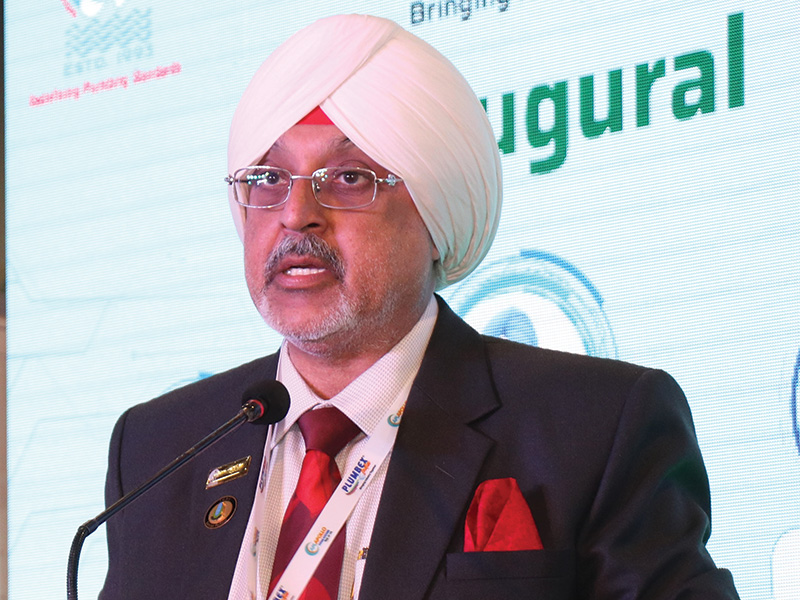GLASS - Handle With Care – Some Myths
Y.B.Mrithyunjaya, Technical Manager, 3M India Ltd, Bangalore.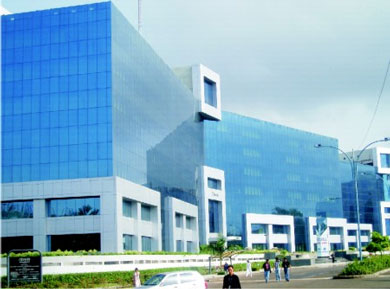
With the influx of MNCs, demand for glass-clad buildings has gone up as they want their offices to conform to international standards of architecture or the architects are influenced by MNC's.
One major advantage of a glass building is that it allows you to use sunlight as the lighting source. Further, it is observed that the glass avoids the feeling of working in submarine ambience, especially for employees working continuously in front of the computer. Therefore, some of the companies are designing the open cafeterias so that employees get maximum sunlight. Another advantage of glass usage is that it allows to more space per space.
While one can appreciate the combination of using the glass and design in creating art of the building beauty, the most neglected part is the "Safety and Security." Even though the glass pieces embedded in human body cannot be detected by a normal X–ray machines, the usage of glass material in building domes, curtain wall, canopies etc.
The glasses are classified as Safe or Unsafe based on their breaking pattern. As per the American National Standard Institute (ANSI) Z, 97.1, any glass that breaks in to "jaggered (knife) shape with sharp edges partly remains in the frame" on impact is termed as Unsafe Glass. In case if the glass breaks into typical granular pattern into many small fragments of roughly cubical shape known as dicing like "ice cubes" is termed as "Safe Glass." Irrespective of scientific advancement in the production of glass technology, the ANSI standard has not discounted the fact that the glass breaks on impact but only the breaking pattern decides the safety of the glass. The following information will give a glimpse of glass manufacture.
Float glass or annealed is not used as building material due to its poor impact strength, thermal stress wind load, and structural load. As per test method ANSI Z 97.1. It is not safe glass as the probability of glass remaining in the frame with jaggered shaped sharp edges is high. Float glass normally breaks around 500PSI.
Heat strengthened glass
Heat-treated glass is required when additional strength is required because of thermal risks, excessive wind loads and structural load. However, not recognized as safety-glazing material, heat-strengthened glass has breakage pattern similar to annealed glass. Even though the breaking strength is thrice (3000 PSI and above) the annealed glass for given configuration. It does however satisfy the strength requirements for resistance to most thermal and wind load conditions.Fully tempered glass, tempered glass
Is upto 6 times (more than 10,000 PSI) stronger than annealed glass of the same thickness and is recognized as safety glazing material. The typical granular breakage pattern of tempered glass into many small fragments of roughly cubical shape known as dicing. This type of glass is intended for general glazing and safety glazing such as sliding doors, building entrances, interior partitions and other uses requiring strength. Under the impact the particles to fall out from the frame and travel at high velocity could create a hazardous condition.Some of the latest findings due to increase in usage of glass is evolving is the "auto– shattering" of tempered glass which is considered as safe glass due to the presence of "Nickel Sulfide." It is established fact that around 2.0 percentage of tempered glass break due to auto–shattering. Hence in some countries the "Heat soaking" has been mandatory to avoid auto–shattering. Heat soaking–involves breaking of tempered glass in accelerated manner. While debate is on about the effectiveness of the importance of heat soaking, this article deals with advanced technology in "Micro, multiple layer polyester film."
Laminated glass
Laminated glass consists of two or more pieces of glass permanently bonded together by durable interlayers of polyvinyl butyral (PVB) resin. The standard thicknesses of PVB are 0.015"(0.38mm), 0.03"(0.76 mm ) and 0.060" (1.5 mm). If a stronger, more durable laminated unit is required, heat strengthening the glass is recommended. In practice the unscrupulous dealers to cut the corners inexpensive PVC is used as bonding material which delaminates over a period of time, further the silicone used for edge sealing is not compatible with PVC interlayer. In certain cases liquid resin is used to laminate the glasses, while the quality of these are suspect as it is difficult to maintain perfect parallelity during manufacture. In a nutshell, the buyer is under the impression that he is really buying PVB laminated glass. One is not sure of the quality of laminated glass. Further the laminated glasses need increased window frame dimension and the additional weight of glass demand additional strength in the structural strength which adds to the initial investment.It has been established that the laminated glass is weaker than equivalent monolithic glass and exhibit greater deflection for a given load unless it is supported on all the four sides. It is better to consult the laminated glass supplier in case of "Spider Clamp support" i.e. point support.




